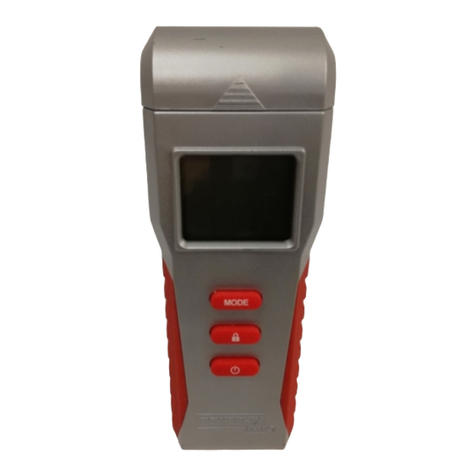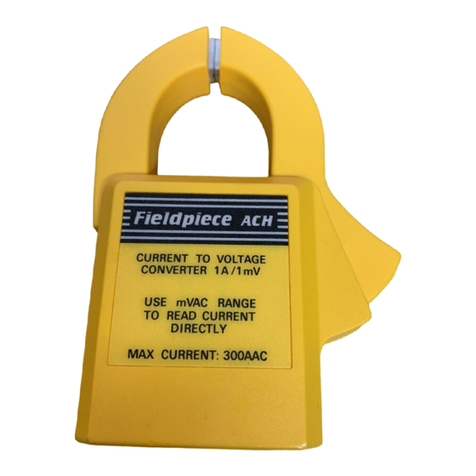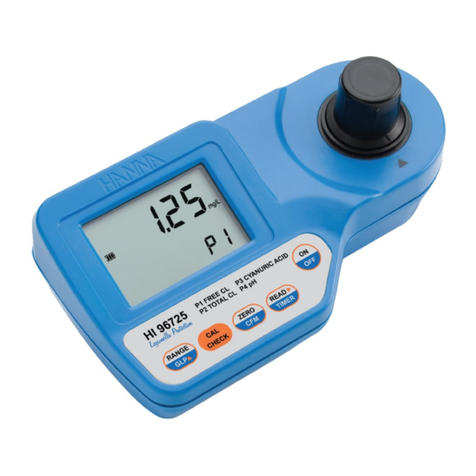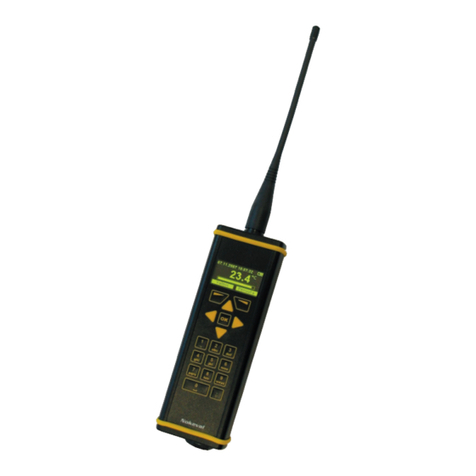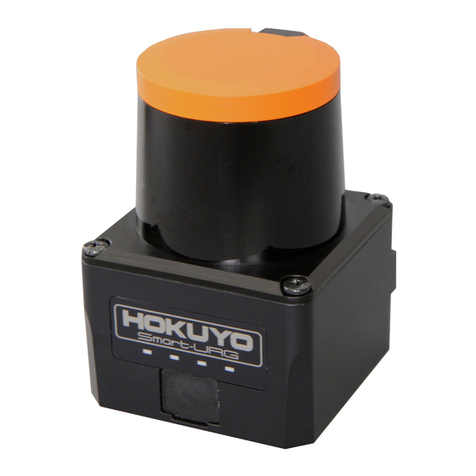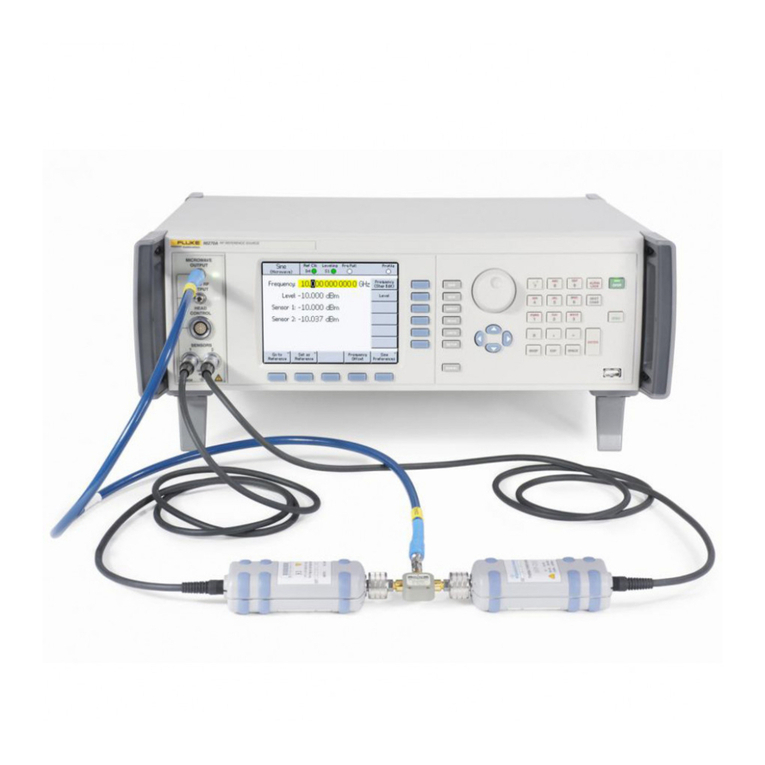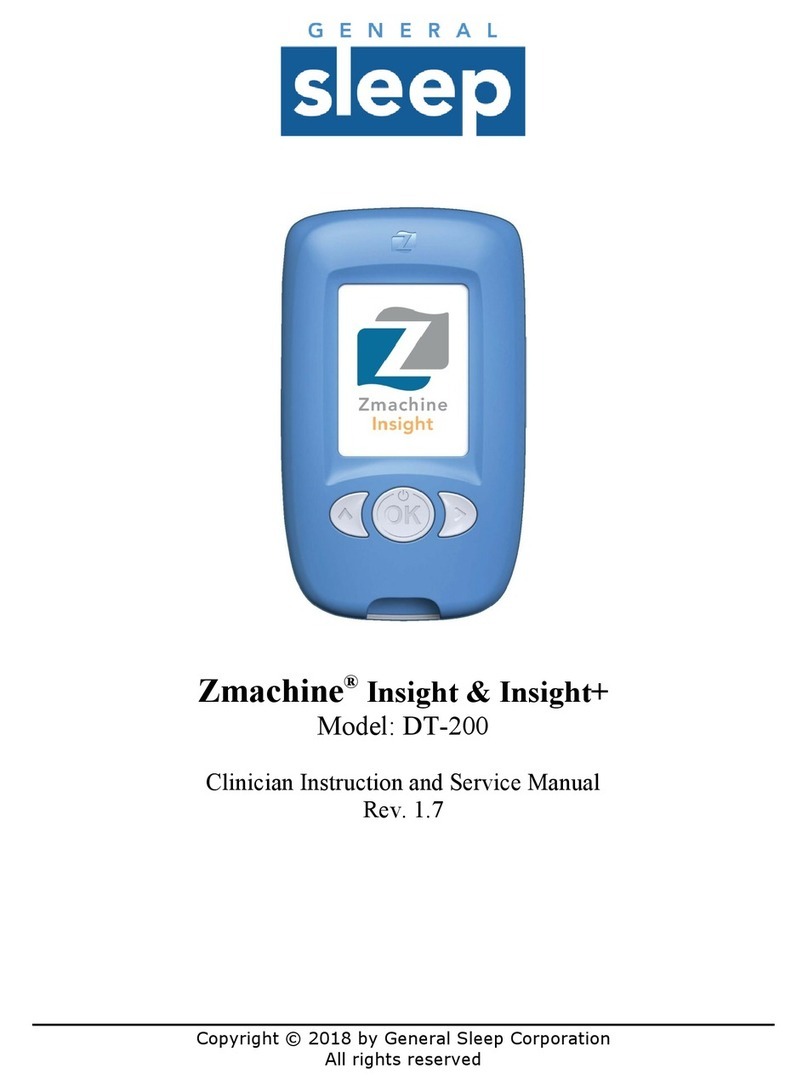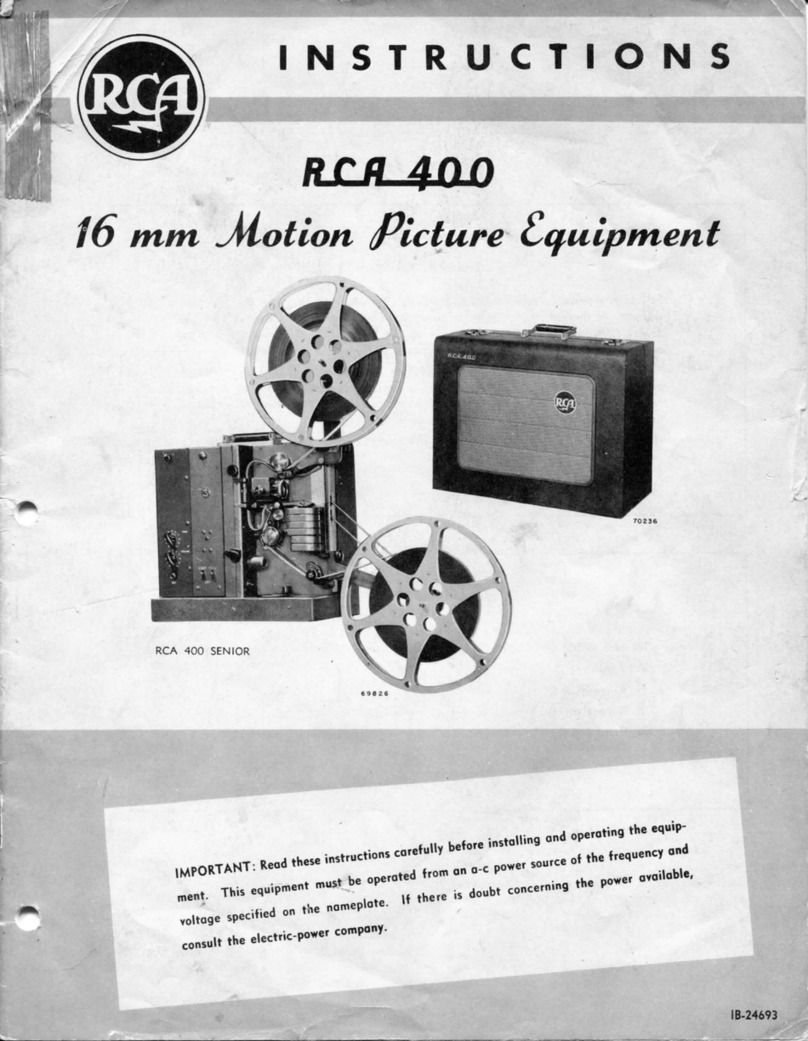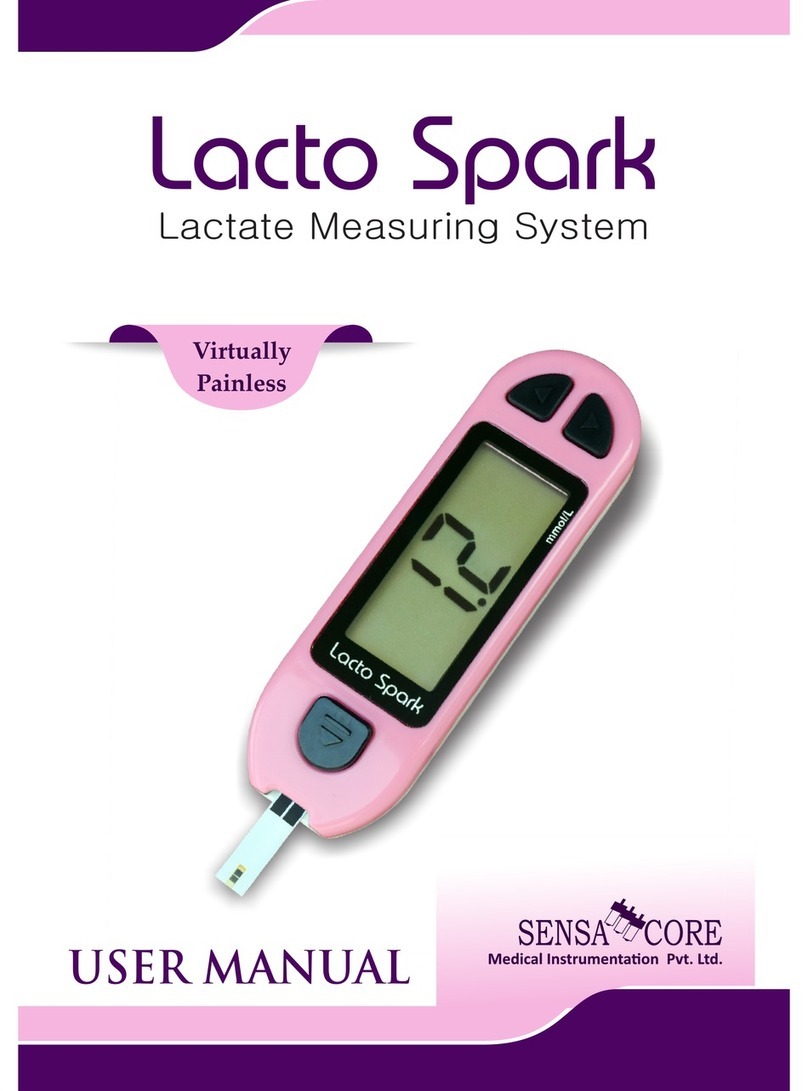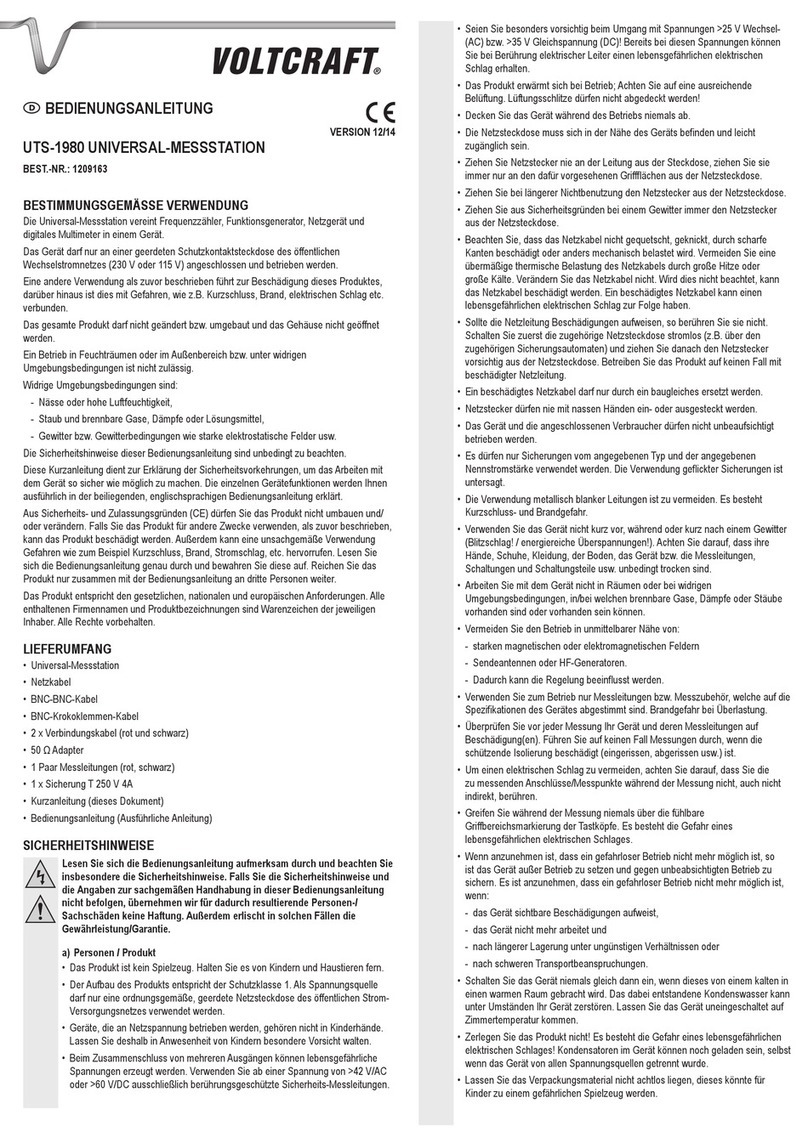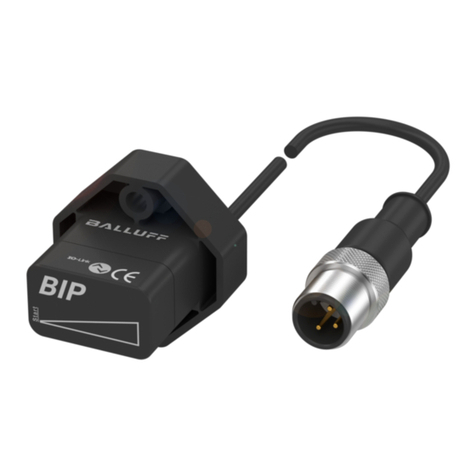
;;:=~=================;;;;;=====;;;;
i'dainLenance
rms ae voltagevalues across a 600-ohm resistive load.
A dbm valueis defined asthe number ofdecibels above
orbelow a referencelevel of 1 milliwatt measuredin a
600-ohm load
aL
1000 cycles. Accordingly, 0dbm in-
dicates a powerlevel of 1 milliwatt; 10 dbm, 10 milli-
watts;
20
dbm,100 milliwatts;etc.
I
Because dbm are defined ,\lith respect to a 600-ohm
load,power levelscorrespond to voltage values.There-
fore,dbm can be measured in terms of rms voltages
across a 600-ohm resistive load.For example, 0.775
rms volt indicates 0 dbm;7.75
rms
volts indicate 20
dbm, etc. While thesemeasurements must be made
with a sine waveform to avoidwaveformerror,any
frequency can be used ·which is within the rangeof the
\XlV-77C. AlOOO-cps signalis used asa reference
because the correlation bet,veen decibels andear res-
ponseismaximum at that freq~ency.
The chart sholl,'nin Fig. 1 provides rapidconversion
of
n,lS
volt~ges to corresponding dbm values. Associ-
ated power levelscan be read along the topof the chart.
If
the rms voltage is measured across aresistive load
other than 600 ohms,thefollowing correctionfactors
must be added algebraicallytothe dbm values read
from the graphin figure
1.
ResistiveCorrection
LoadFactor"><
at1000 cps
600 0
500 +0.8
300 +3.0
250 +3.8
150 +6_0
50 +10_8
15+16_0
8+18.8
+22_7
*Addalgebraicallyto the dbm values read fromgraph
in figure
1.
For resistive loads not listed in theahovetable, use
the following formula for determining the correction
factor:
Correction Factor
=
10log 6~O
where R is the loadin ohms.When R is greater than
600,the correction factor is negative.
Maintenance
General
The WV·i7C ismanufactured and tested understrict engi·
neeringsupervision.l-Iowever,afterlong continued use the
instrumentmayrequire tubereplacement, orother attention.
Case opens into two sectionsbyremoving fOllr screws:two
holding the strap, oneat theback, and one at the bottom of
the case.
The performance of the Junior VoltOhmyst isdependent
upon the qualityand tolerances ofits circuit components.
If
itbecomes necessary to replace
a
componentpart, thestock
number can be found in theReplaeemcnt PartsList, page
11.
Only RCAreplacement parts,or partswhich have equivalent
specifications, should
be
used.
Zero Settingof Pointer
Mechanical Adjustment
The pointer should rest at "0" whenthepower is off.
If
the
pointer should cometo rest at adeflected position when the
Selectorswitchis turned to "OFF", adjust the pointer posi·
tionmechanically,as follows:
1.
Unscrew themeter·adjustmentscrew plug.
Z.
Insert a scriber or similar tool to engage thezero·adjust-
mentlever,and move the leverlaterallyas required to bring
the pointer to "0"
Caution: Extreme care must be takento prevent insertionof
thetoolto a depth which
will
injure thepointerspring. The
meterwarranty does not coversuch damage.
3.Replacethemeter·adjustmentscrew plug.
If
the difficulty remains, vigorously wipe the outside surface
of the meter·case window with a clean, soft, dry cloth.
1£
the
pointer moves away from its initial pGsitionand remainsat
another off·zeroposition forseveral minutes, the anti·static
coating on the insidesurface of the windowis nolongereircc-
live. Requests foranti·static solution shouldbe addressed to
RadioCorporation of America, OrderService, Building 60,
Camden,New Jersey.
A
I·ounce bottle with instructions for
lise will be sent free to VoltOhmyst Meters users whose war·
ranties are on file at the Camden RCA office.
Caution:The inside surface of thefronthalf of the plastic
metercaseis coated withan anti·staticsolution to eliminate
static effects on the action of the pointer.
If
maintenance neces·
sitates remo\'al of thisCase part, take care to avoid rubbingor
scratchingthe inside surface,
Electrical Balance Check
1.
Set the function selectorto"+VOLTS".
2. By rotating the ZERO ADJ control, it should bepossible
to set themeIer pointer at either zero or 65% offull deflection
on anyran. e.
3.Set thefunction selector to "-VOLTS".
4.By rotatingthe Z;ERO ADJcontrol,
it
should bepossible
to set themeIer pointerat eitherzero or 150/0 offull·scale
deflectionon anyrange.
(Contillued on page 12)
• 9 •
